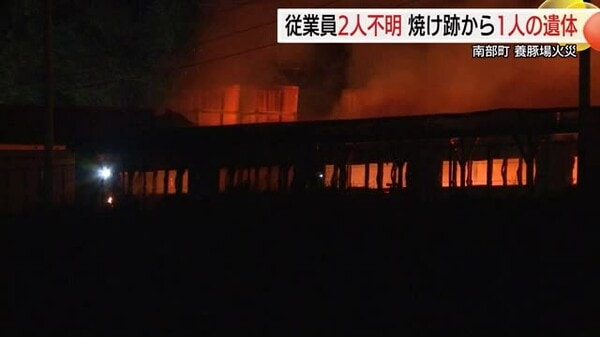
安倍晋三元総理大臣を手製のパイプ銃で撃ち、殺害した罪などに問われた山上徹也被告(45)の裁判員裁判が始まり、山上被告は「全て事実です。間違いありません」と述べ、殺人罪について起訴内容を認めました。
裁判終了後に山上被告の弁護団が取材に応じ、冒頭陳述で方針を示した山上被告の境遇が「児童虐待に当たるという立証」について、「“宗教虐待”に当たるということを専門家の証人尋問で立証する」と説明しました。
また、裁判後に山上被告が「ものすごく目線が自分に集中してるっていうのは感じて、それにすごく緊張した」と話していることを明かしました。
■山上被告の境遇は「“宗教的虐待”に当たると専門家承認で立証していく」
(Q.冒頭陳述で山上被告の境遇が「児童虐待に当たると立証する」というのはどういった虐待と立証する?)
【山上被告の弁護団】「児童虐待って言っても、いろいろな類型があって。暴力を振るう、ドメスティックバイオレンス的なものもあれば、育児放棄もあると。
いろいろなパターンがあるのですが、この件に関しては、事件の後、あるいは厚生労働省が言ってるように、“宗教的な虐待”であるいうことです。
これからわれわれが立証していくことなんですけれども、“宗教的虐待”っていうのはどういうものなのかあんまりこれまで論じられてきたことのない、ある意味未知の領域なので。
専門家の証人でそこを立証して、本件がそれに当たるということを明らかにしていくつもりです」
■裁判終了後 弁護団に「感想めいたこと」を話した山上被告
(Q.山上被告に接見した?)
【山上被告の弁護団】「公判の前も、それから終わった後も接見はしました」
(Q.公判前はどういった会話をした?)
【山上被告の弁護団】「やっぱり彼なりに、かなり緊張しているところもあって。冒頭の手続きがどう流れていくのか、説明を再度確認しました」
(Q.終わった後はどういった会話を?)
【山上被告の弁護団】「公判で主に今日は検察側の証拠書類とか証拠物とか、それから動画の再生がありましたけど、それについての感想めいたことを話しました」
(Q.どういった感想を?)
【山上被告の弁護団】「そこはちょっと。中身は申し上げません」
■裁判終了後は「ほっとした印象を受けた」
(Q.弁護団から見て、被告の今日の様子というのはこれまでの接見されてるときの様子と比べてどう感じた?)
【山上被告の弁護団】「何ともちょっと表現はしづらいですけども、いつも通りという印象ですかね」
(Q.先ほどちょっと緊張されてたという表現もありましたが?)
【山上被告の弁護団】「確かにそれは感じました。緊張はいつもよりしているなというのありましたけれども、あんな感じで淡々としてるというのがいつも通りなので。
(Q.裁判終了後の様子は?)
【山上被告の弁護団】「完全に私の印象でしかないんですけれども、それなりにやはりその公判の前、緊張感を持って臨んで、一通り今日1日無事に終えたというところで、ほっとした印象というのは受けました」
■山上被告は「傍聴席の目線が集中してすごく緊張したと」
(Q.法廷で顔を隠しているように見えたが?)
【山上被告の弁護団】「わたしたちが彼に慣れ過ぎたところがあるのかもしれないですけど、普段通りっていう印象はありました。
ただ、今おっしゃった手で顔をこう…あれに関しては今日終わった後、(山上被告が)ちょっと言っているところがあって。
傍聴席からものすごく見られている感じが、すごく強かったので。ちょっとそこは思わずああいう感じで、手を横ににやったと」
(Q.傍聴席の目線をちょっと避けたいという考えが無意識的に働いた?)
【山上被告の弁護団】「それは相当あったみたいですね。やっぱりものすごく目線が自分に集中してるっていうのは感じて。それにすごく緊張したっていう感じのことは言ってました」
(Q.裁判に臨む姿勢は、真摯にちゃんと向き合っていくと話している?)
【山上被告の弁護団】「私の理解としては、相当そこは。きっちり臨もうという意思は強いとは思っています」





